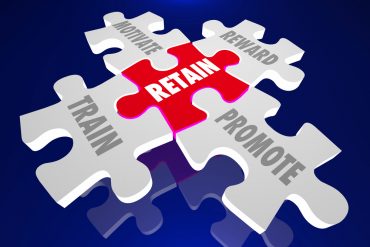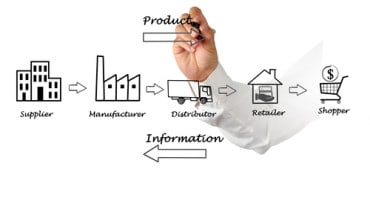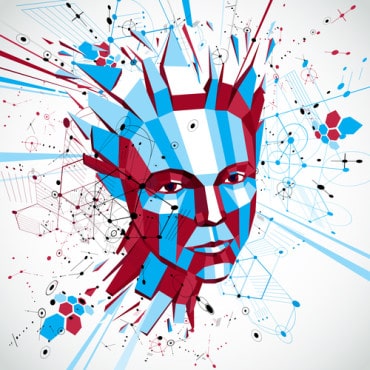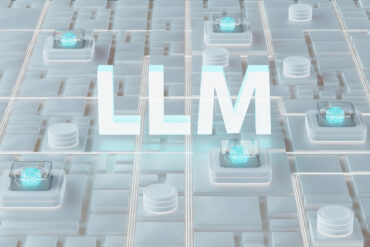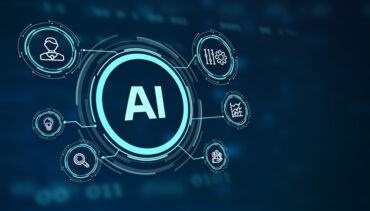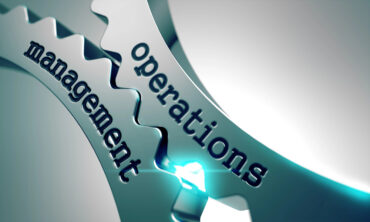
IoT-driven businesses will be monitoring, assuring and servicing customer minute-by-minute, all day and night.
If anyone knows a thing or two about the future, it’s Tom Siebel. Known for founding Siebel Systems, one of the earliest CRM platforms, Siebel is legendary for being a proponent of being able to “see around corners,” especially when it came to predicting market trends, as well as the whims and wants of customers.
Now, Siebel sees the Internet of Things (IoT) as sharpening the ability to see around corners – to the point where businesses can also look far down the street and into the next city.
Siebel is putting his mouth where his money is as well. He is currently chairman and CEO of C3 IoT. In a recent interview with Dan Woods in Forbes, Siebel made the case for moving to a new way of thinking about business, based on a constant feed of information coming in from an abundance of sources, both inside and outside organizations. He says “what’s going on now with big data, predictive analytics and IoT looks like a complete replacement market for everything that’s going on in enterprise application software.”
Customer data with a view
Previously, businesses only had a one-dimensional slice of a view on their customers, limited to their specific transactions. The amount of data businesses had at their disposal was limited to whatever could be gathered and stored internally.
[ Related: 5 Industries Where All Employees Will Be Customer Service Agents ]
This was limited to transactional applications tied to relational databases, and usually wasn’t available to decision makers until it was processed, transformed and archived. Still, Siebel figured out ways to take those limited data sets and extrapolate the impact of marketing efforts and external factors such as weather and regional preferences on customer relations.
Now, we’re entering a new, and unexplored dimension. A formerly small cluster of transaction data has exploded into a much vaster universe, providing a more holistic view of customers, encompassing not only data from all corners of the enterprise, but from external sources as well. The bottom line is that IoT isn’t just manufacturing, Siebel states. “It’s consumer products, it’s entertainment, it’s travel, it’s the works. It covers everything.”
These days, and in the future, everything imaginable is being sensored. “There is no device in 10 years that is not sensored,” he continues. “The phone, the watch, your heart, your pulse, the refrigerator, the pool pump, the thermostat. Everything that touches everybody’s life in the civilized world will have a sensor that’s putting out a signal once an hour, maybe 60 times a second depending on the need, but in ten years everything is sensored. At the beginning of this century, we had half a billion sensors deployed. Today there are 19 billion. In five years, there will be 50 billion. It’s growing exponentially. Everything about everybody’s life, the way that they work, entertain themselves, transport themselves, and communicate and will be sensored.”
How customer service was revolutionized
Siebel revolutionized the concept of customer service back in the 1990s, by digitizing and automating customer service engagements and interactions, assuring a higher level of institutional memory to these transactions. Now, his latest venture combines “data from the enterprise with data from the extranet into a unified federated image to be able to process these very, very large datasets. They grow at breathtakingly rapid rates.”
[ Related: Real-Time Customer Service Across the Channels ]
But this capability will not magically evolve, even with even the most sophisticated technologies in place, gathering and storing petabytes and exabytes of information. The challenge, Siebel says, is being able to not only capture and transmit that data in real time to appropriate applications, reporting environments and decision-makers, but being able to filter and sift through the data to determine what’s relevant to the business question at hand, at that moment. The business has to see compelling benefit from all this instrumentation.
This requires a rethinking in how organizations approach and organize their data, Siebel advocates. There needs to be greater flexibility and agility in how analytic and reporting applications are built and deployed.
Importantly, businesses are also evolving from once-and-done sales organizations into 24×7 partners to their customers. Great customer relations will no longer me limited to friendly sales transactions and customer service calls. The IoT-driven business will be monitoring, assuring and delivering customer service minute by minute, all day and night.



